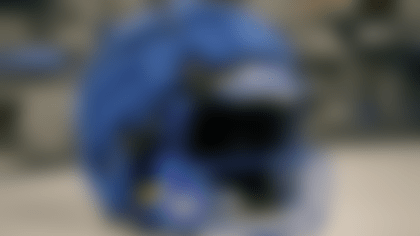Summary
A new, easy-to-use medical device can help in the diagnosis of brain injuries at the point of care.
Assisting With Initial Diagnosis
The U.S. Food and Drug Administration has given the go-ahead for a new device that can assist medical experts in emergency rooms and on sidelines during their diagnosis of head injuries.
The Ahead 300 is a headset and smartphone that uses "sophisticated algorithms" to analyze head-injured patients. It's a quick test that is intended to provide "a rapid, objective assessment of the likelihood of the presence of traumatic brain injury (TBI) in patients who present with mild symptoms at the point of care."
Manufacturer BrainScope says this kind of technology is the first of its kind to assess "the full spectrum of traumatic brain injury."
Easy to Use
It's a medical tool that has the potential to greatly assist frontline care of head injuries.
"With mild TBI as prevalent as it is," says Geoffrey Ling, MD, COL, USA (Ret.) in a September 26, 2016, BrainScope release, "an objective easy-to-use point of care device to identify those patients at highest risk of concussion is a critical need."
The company adds in that release:
“With over five million U.S. patients seen each year with closed head injuries, and millions more who do not seek evaluation, the Ahead 300 allows for head-injured patients to be objectively assessed at the point of care, including locations of intercollegiate and professional sports, thereby significantly improving triage, medical management, and the ultimate clinical diagnosis. The ability to rapidly identify TBI can meaningfully reduce the morbidity and mortality of head-injured patients.”
BrainScope expects The Ahead 300 to be commercially available in the coming months.
NFL Partnership
Development of the product comes in part from grant support by the NFL through the GE/NFL Head Health Initiative.
It was also supported by the U.S. Army Medical Research and Materiel Command, with funding from the Defense Medical Research and Development Program.
BrainScope says work on this device and other medical technology has been substantiated by "clinical evidence emanating from over 20 clinical studies at 55 clinical sites over the past eight years."












